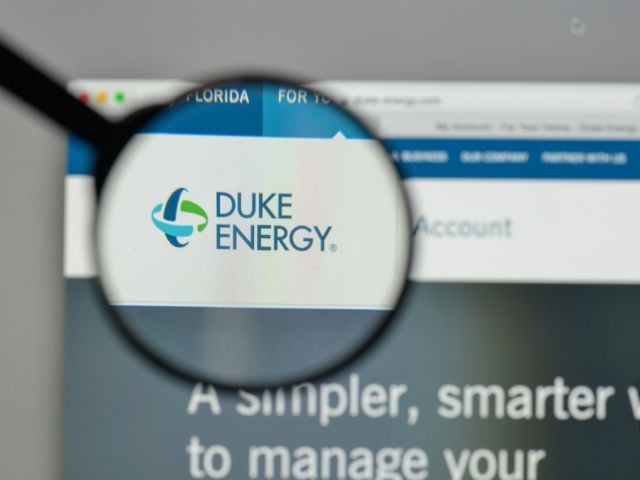
When Congress returns, the House will consider the Climate Action Now Act, which would direct the Trump administration to honor America’s commitments to reduce greenhouse gases. The bill, H.R. 9, would require President Trump to draft a plan to reduce national carbon dioxide emissions by 2025 to 26 to 28 percent below 2005 levels.
So what does it mean to reduce carbon emissions by 28 percent below 2005 levels in just six years? And how can we do it?
In 2017, the latest figures available, the U.S. emitted about 6.5 billion metric tons of carbon dioxide, but in 2005 it was about 7.3 billion. To reach the goals set out in the Climate Action Now Act, we’d have to cut current emissions by more than 1 billion tons a year.
The good news: We already have the tools to get there.
The costs of wind and solar power are falling quickly and sharply, driven in part by policies that require utilities to build or purchase electricity from renewable sources and support customer-owned solar. Within the last decade, the cost of solar power dropped by nearly 90 percent and wind power by nearly 70 percent. Since 2014, the cost of developing wind power off the East Coast has dropped by 75 percent.
The cost of installing utility-scale batteries to store energy from renewables is also plummeting – down by 35 percent just since mid-2018, say the analysts at Bloomberg New Energy Finance.
Cheaper batteries are in turn accelerating the growth of solar and wind. Solar Builder magazine reports that analysts at Navigant Research say solar plus battery storage is already competitive with natural gas plants.
Electric vehicles are getting cheaper, too. In 2017, Bloomberg NEF predicted that electric cars would be cheaper to buy than gasoline models by 2026. Last year the predicted crossover point was 2024. The latest prediction is 2022, just three years away.
Over the past decade, both wind and solar capacity nearly tripled.
- Solar capacity has almost tripled in recent years, from 19,000 megawatts in 2015 to 48,000 megawatts in 2018.
- Wind production has also almost tripled since 2009, from 35,000 megawatts in 2009 to more than 90,000 megawatts in 2018.
- Together, total solar and wind potential is more than 14 million megawatts – 14 times current electric power capacity
So how do we reach the goals set required by the Climate Action Now Act?
A recent EWG analysis found that by replacing half the coal power plant fleet with renewables – essentially doubling wind and solar output – we could reduce carbon emissions by 600 million metric tons. Putting 50 million electric cars on the road – there are currently about 1 million – would put us in the ballpark.
To get there, we must invest more in wind, solar, battery storage and electric vehicles, as Reps. Joe Neguse (D-Colo.), Mike Doyle (D-Pa.), Mark Takano (D-Calif.), Daniel Kildee (D-Mich.) and others have proposed. We must also set national standards for renewable energy production, maintain efficiency standards for our cars and homes, and fight efforts to bail out dirty sources of energy like coal.
In combination, replacing half of our coal-fired plants with wind and solar and rapidly expanding the use of electric vehicles would put us close to the carbon reduction goal. But that’s not all. Those actions would also create millions of green-collar jobs.
There are now three times as many jobs in renewable energy as in coal, nuclear and natural gas. Making a rapid transition to more wind and solar, while also expanding the production of electric vehicles, would create even more jobs, including high-paying manufacturing jobs.


